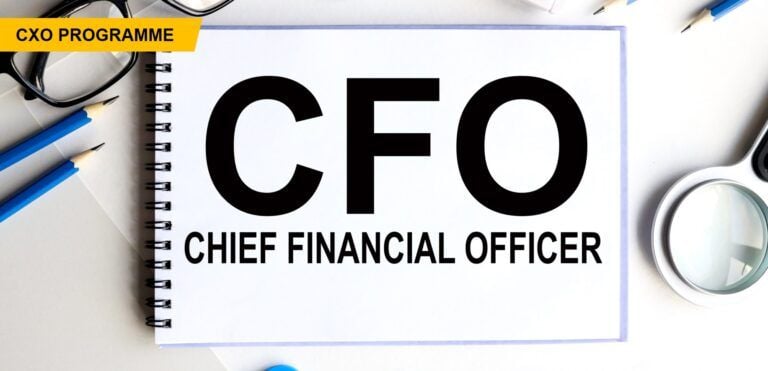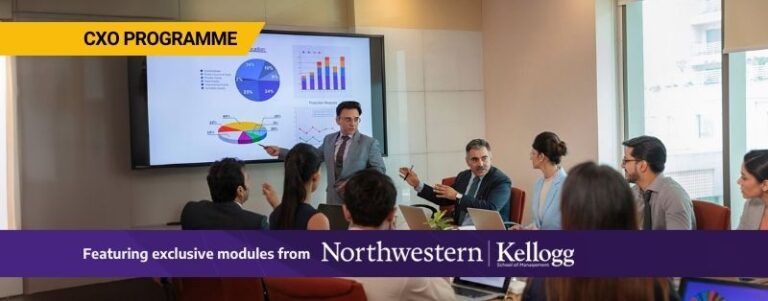Is Live Commerce the Future of Shopping? Everything You Need to Know

Most people might know the popular meme—just looking like a wow. But they might be unaware that the meme’s origin lies in live commerce. The phrase was first used by Jasmeen Kaur while selling suits in an Instagram Live session. The explosion of videos on apps like Amazon is another example of the booming trend of live commerce. The concept has already taken off in many countries, especially China.
India’s live commerce sector is likely to catch up soon. In fact, 70% of Indians are keen to engage in a livestreaming shopping experience, according to a Local Circles survey. So, let’s explore how live commerce is changing the way brands approach marketing. We will understand why it boasts of a high conversion rate, and what you need to implement it.
What is Live Commerce?

Live commerce, also known as livestream shopping or live shopping, combines live video streaming with e-commerce. In other words, a brand or a retailer can showcase and sell products in real-time to an online audience.
The sessions not only allow viewers to interact with the host through chat but also ask questions about the products. They can then proceed to make purchases directly. The interactive experience is quite useful, particularly for Indians who are still skeptical about shopping online.
Live commerce began in China in 2016 with the launch of Alibaba’s Taobao Live. It had its moment in the sun during the COVID-19 pandemic when multiple lockdowns confined people to their homes, and they started spending more time on social media.
ALSO READ: 4 Important Reasons Why Marketing is Significant for Brands in India
Features of Live Commerce
Several features set live commerce apart from traditional online shopping. Here are the key features:
1. Real-Time Interaction
During the stream, potential buyers can ask questions, provide feedback, and engage with the host. Hosts can also address questions immediately, creating an engaging experience.
2. Product Demonstrations
Hosts can demonstrate how products work, provide styling tips, or showcase product features in detail. This method is more purposeful than static images or videos, as it shows the product live.
3. Immediate Purchase Options
The products can be bought instantly through integrated links or platforms, or can be directly added to the cart. The idea is to ensure that viewers can subsequently buy products with minimal effort.
4. Influencer Collaboration
Brands generally rope in influencers to reach a wide audience and leverage the influencer’s following. Their promotional efforts build trust in the product. Moreover, they can co-host live streams to maximize their impact.
5. Exclusive Offers
Businesses use promotional techniques like limited-time offers, discounts, or exclusive access to certain products only on the live stream. These measures encourage immediate action on the part of the customer.
6. Analytics and Insights
Companies can harvest vast amounts of data on viewer engagement, watch time, and sales performance throughout the live stream. This data is useful to obtain reports on metrics like conversion rates and audience demographics.
7. Omnichannel Integration
A brand can stream on multiple social media platforms to reach a wide audience. For instance, they can target Facebook, Instagram, and X. They also need integration with e-commerce platforms for inventory management and order processing.
ALSO WATCH: What is Marketing | Why It’s Important for Businesses | Emeritus India
Types of Live Commerce
Live commerce is not a monolith. A brand can choose from different formats, each with its strengths:
1. Product Launches
Generate excitement for a new product with a live launch event. It allows brands to unveil the product’s features and benefits through demonstrations. You can answer questions from viewers and even offer exclusive discounts or pre-order deals.
2. Live Q&A Sessions
The format fosters a sense of community. It also allows potential customers to get their questions answered by a product expert or influencer. Theycan be used to address common concerns and build trust with your audience.
3. Flash Sales
Create a sense of urgency with limited-time offers on the live broadcast. This format is useful for clearing out inventory, promoting seasonal items, or generating buzz around a particular product.
4. Influencer-Led Events
Partner with an influencer who aligns with your brand values to host a live shopping event. Influencers offer credibility to the product. Furthermore, their rapport with the audience generates interest, introduces products in a relatable way, and drives sales.
5. Product Demonstrations
Elevate your product descriptions with live demos. This is specifically useful for products that require assembly, have complex features, or are best experienced visually.
6. One-on-One Live Video Shopping
Personalized interactions enables brands to connect with customers on a deeper level and answer their specific questions. It helps provide a tailored shopping experience.
ALSO READ: How to Do Guerilla Marketing Without Being Trolled
Getting Started With Live Commerce

The advent of social media triggered a sea change in the behavior of consumers and their communication. Businesses must get started with live commerce to reap the rewards. Let’s see how:
1. Devise a Strategy
Familiarize yourself by watching examples of successful live streams. For example, Taobao Live, Amazon Live, and Facebook Live can offer great insights. Define goals such as a successful product launch, increased sales and identifying your target audience.
2. Choose the Right Platform
Choose a live commerce platform that suits your target audience. There are quite a few options out there. Look for features like integrated shopping carts, real-time analytics, and audience interaction tools.
3. Prepare Your Inventory
Choose the products you want to sell in your live stream. Highlight the bestsellers, new arrivals, and exclusive items. Before commencing the stream, ensure you have sufficient inventory to meet potential demand.
4. Set Up the Stream
Invest in good-quality cameras, microphones, and lighting to ensure a professional setup. Choose a well-lit location with minimal background noise. Additionally, leverage software that offers features like chat moderation, overlays, and analytics.
5. Promote the Event
Use social media, email marketing, and create a special landing page to market your live stream. Create teasers and countdowns to generate excitement. Partner with influencers or brand ambassadors to reach the intended audience.
6. Engage Your Audience
“The best advertising is done by satisfied customers,” as per Philip Kotler, who is considered the father of modern marketing. Encourage viewers to participate through Q&A sessions, polls, and chat. Provide discounts to incentivize immediate purchases. Guide viewers on how to make purchases, follow your brand, and leave feedback.
ALSO WATCH: How to Make A Career in Marketing by Surojit Mahato, Co-Founder, Growth Dish Marketing
Advantages of Live Commerce
Live streaming is chiefly used for fashion, jewelry, beauty, and skincare brands. However, the benefits can be enjoyed by most brands. Here are some of them:
1. Boost Sales
Encourages impulse purchases and drives higher conversion rates. Limited-time offers, flash sales, and exclusive deals can create FOMO (a fear of missing out). Moreover, firms can lower operating costs by delivering goods directly to customers from a factory.
2. Enhance Customer Engagement
Highlighting product features in detail draws audiences. Influencers can add a relatable touch by responding to questions while addressing concerns. Eschewing static product descriptions helps offer personalization and builds trust.
3. Gather Insights
Live chat features and audience polls provide insights into customer preferences, buying habits, and pain points. This helps you tweak your marketing strategies, tailor product offerings, and improve the overall customer experience.
4. Build Loyalty
Most customers prefer a brand with a face. A credible personality, such as a product expert or an influencer, can connect with viewers and create a memorable experience. These events foster brand awareness and establish you as an industry leader.
ALSO READ: The Swiggy Case Study: How to Create a Marketing Mix That Works?
What’s Next for Live Commerce?
The future of live commerce looks promising, with several trends expected to shape its progress. Let’s check them out:
1. Metaverse
Integration of augmented reality and virtual reality technologies create immersive experiences where customers try on products or explore showrooms virtually. Many features like real-time customization of products, polls, and gamification will increase engagement.
2. Personalization
The use of Artificial Intelligence (AI) will increase, and it will provide personalized product recommendations based on viewer behavior and preferences. AI will power chatbots to assist with customer queries during the stream.
3. Data-Driven Insights
The use of AI will also improve analytics tools. It will provide deeper insights into viewer behavior, engagement metrics, and sales performance. These tools utilize real-time data to make on-the-fly adjustments during streams for better audience engagement.
4. Mobile-First Experience
More mobile-first live commerce platforms will cater to the increasing number of users shopping via smartphones. The content will be tailored to fit mobile screens and incorporate educational and informative elements to add value.
5. Regulations
The rise of live commerce will result in strict regulations, including consumer protection laws and advertising standards. Brands must foster trust through transparent practices, verified reviews, and secure payment options.
Grow Your Career With Emeritus
Emerging tactics like live commerce will define the future of marketing. Businesses will look for professionals to help them navigate these uncharted waters. Emeritus offers a range of online marketing courses to equip you with the skills required to succeed in this exciting frontier. These courses cater to everyone, regardless of whether you’re a seasoned marketer or just starting. They cover everything from crafting engaging live content to leveraging social media to maximize reach and sales. Sign up for one of these courses today and unlock your brand’s full potential for live commerce today!
Write to us at content@emeritus.org












